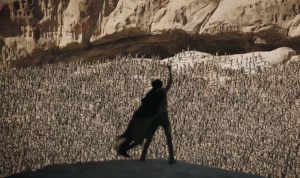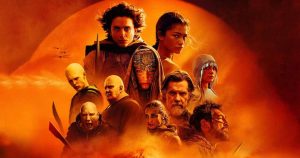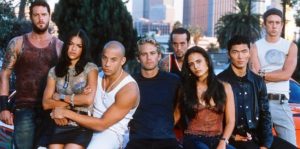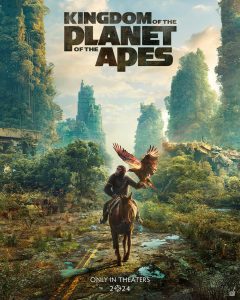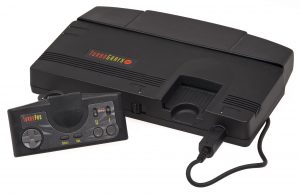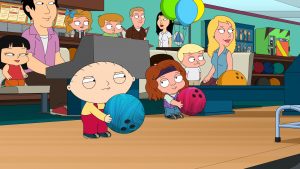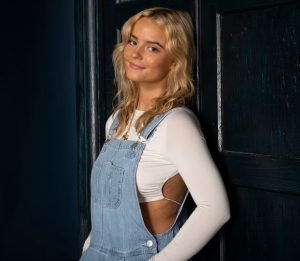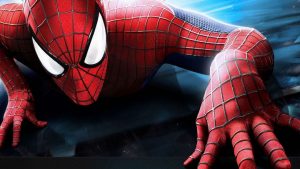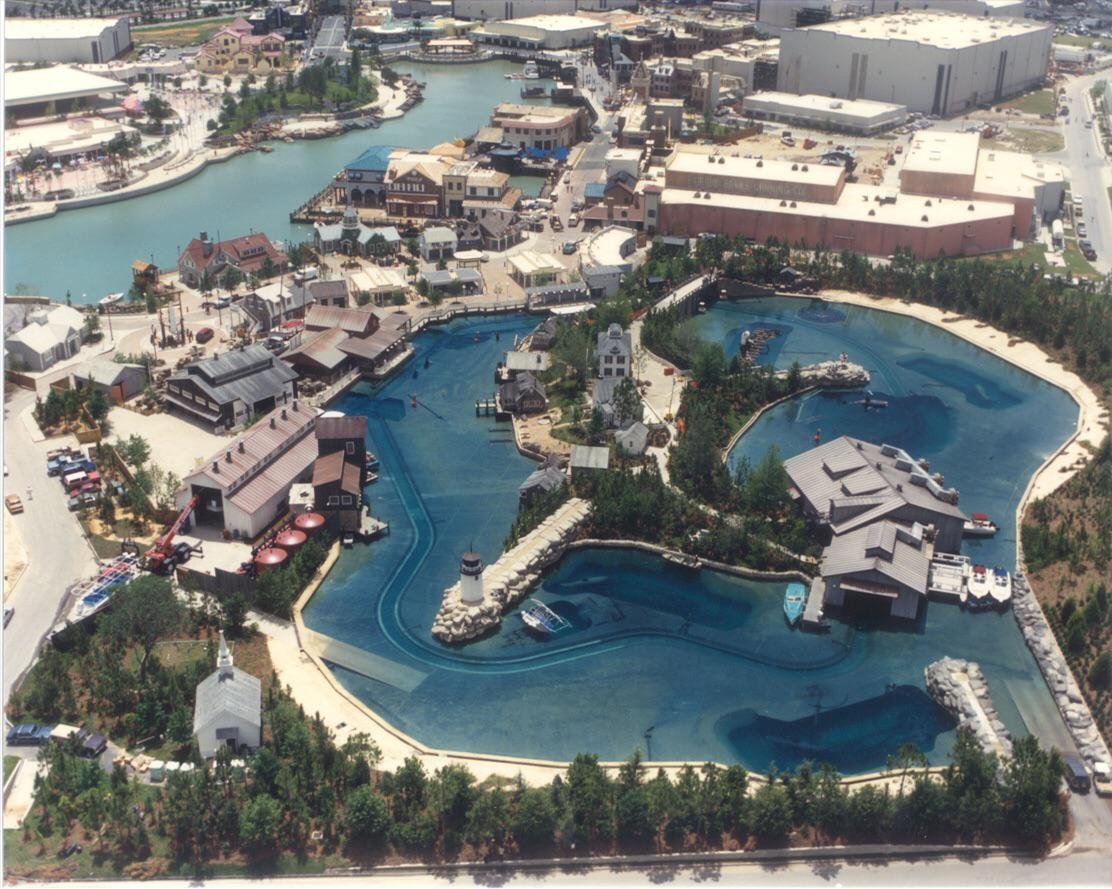
In part I of walk through the history of one of the greatest theme park experiences ever created – Jaws: The Ride at Universal Studios in Orlando, Florida – we looked at its humble beginnings as one stop on the tram tour of Universal Studios in Hollywood.
We talked about how Universal wanted to “out-Disney” Disney in Florida and in an effort to do this they spent big on Universal Studios in Florida. Some of the most technically advanced rides ever dreamed up for a theme park at the time were installed. The trouble was, they didn’t actually work.
While rides such as Kongfrontation and Earthquake were eventually rectified, the $30 million (about $72 million in today’s money) they had spent on Jaws was looking like a poor investment. The ride simply could not be fixed. After constant breakdowns, it was shuttered in 1991 and lay dormant.
So what, exactly, went wrong?
You’re Gonna Need A Bigger Boat
Peter Alexander was in charge of the creative side of park design, and he recalls the thinking that went into this:
“As the one and only show designer, it seemed to me that the only way we could compete against Disney with essentially the same product – a studio tour – in the same market – Orlando – was to ‘out-Disney’ them. That meant bigger, better rides. The thought of designing and building custom rides was both new and staggering to Universal’s management.
They had never before built any kind of ride, let alone a Disney-quality experience.
When I told Sid Sheinberg that the rides would probably cost $25-30 million each (about four times what we had spent on the L.A. version of King Kong), he looked ashen, but being a fearless executive, he green-lighted them anyway. We were in an ‘arms race’ with Disney, and he knew that only way to win was with bigger and better ‘weapons’.”
Jaws was originally envisioned as just one part of a large water ride. As thinking developed, with Disney in their crosshairs, the decisions were made to make the rides each center on one movie.
The stated mission of Universal in Hollywood was to “Ride The Movies” – putting guests inside their favorite scenes. With this in mind, the original design of Jaws was spectacular and spectacularly complex.
Some theme park experts understood just how big the ask was to be. Legendary former Disney Imagineer Bob Gurr, then with Sequoia Creative, recalled:
“I had no reluctance to decline to bid on giant jobs if I thought the idea was too risky. Once, as a VP in a themed entertainment company, I no-bid on a monstrous job in Florida that had sharks in it.”
Gurr’s decision was to prove correct.
MCA and Universal Planning and Development designed this version of the ride, partnering with Ride & Show Engineering, Inc., the company that had designed the Jaws scene in the Hollywood Studios tour. Steven Spielberg was also a creative consultant for the ride.
The boats were specifically designed to feel lighter and flimsier than those you may be familiar with today. This was to add to the sense of jeopardy as a rider. This worked, as the animatronic sharks were 24 feet long and considerably more life-like than the sharks on the more modern version of the ride. These featured latex skin, chomping teeth, and they moved through the water using the thrust equivalent of a Boeling 737 at take-off.
Riders would board these boats at the dock, and take off through a recreation of Amity Harbor. They neared the Orca, moored outside Quint’s shack, which had a large Great White hanging outside. They would hear an argument through the porthole, as Quint angrily explained to Brody that the shark they had caught outside wasn’t the shark they were looking for, and the bigger shark was still out there.
As they neared the lighthouse, a distress call would be heard from another tour boat, Gordon on Amity III. As they rounded the lighthouse, their horror began to unfold.
In one memorable ride scene, the shark would attack the boat, biting it and causing a pontoon to deflate. It would then spin the boat through 180 degrees in its mouth.
These animatronic sharks were controlled with computer-guided hydraulic systems, all timed to perfection with the passing of the boats. However, they would frequently miss the boats. They used realistic teeth, but these would often break off, leaving the shark looking more Gums than Jaws.
Smile You Son Of A…
Another highlight from the original version was the climax. Again, Peter Alexander talks about how this decision was made:
“[MCA Inc. President Sidney] Sheinberg says, ‘In every shark picture, the shark blows up in the end.’ So I found someone who could make a shark blow up every 60 seconds.”
This was done via a contraption called “The Meat Machine”. The shark would surface next to the boat and the skipper would fire a grenade launcher into its mouth. The shark would then prepare for another attack. As it did so, it would submerge, and then explode. This would be depicted by a bloody eruption in the water as bits of shark were flung skyward.
In order to achieve this effect thousands of times a day, a piece of machinery was buried in the lagoon floor with a cone receptacle. An airblast would trigger the effect, and the shark fragments would sink and be collected ready for a reset and re-run for the next boat.
So far, so very movie. The only problem was that the whole thing didn’t actually work reliably. Neither did the rest of the ride.
Boat evacuations were a daily occurrence. Skippers were ordered to stress to visitors that the ride was in “technical rehearsals” and cover gaps in the non-working sequences, one telling guests to “Imagine explosions over there”
Universal greeters at the front gates told guests automatically that Jaws wasn’t working when they arrived at the park regardless of the actual status of the ride, in order to avoid later disappointment.
One issue was the amount of drag caused by the actions of the sharks. They were forced to go from a dead stop to a lunging speed for the ride scenes. Adam Bezark, who would later oversee the ride’s redesign, addressed this when tackling the issues:
“You can imagine how complex it must be to get one giant mechanical watercraft to swim up and bite another giant mechanical watercraft—which is moving—with absolute precision, hundreds of times per day.”
In July 1990 a guest named Anthony Salamone fell out of the boat and into the lagoon when a guardrail on a boat broke. He came dangerously close to one of the powerful, lunging sharks. The other riders applauded when he was pulled back in, believing the event was just part of the ride.
There were no serious injuries, but he sued Universal for $1 million claiming negligence and poor maintenance.
The press was having a field day. As other rides managed to salvage their reliability, Jaws just got worse. No amount of bug fixing seemed to improve things. It wasn’t long before Universal decided to close the ride and attempt to fix its problems. They attempted a refurbishment through 1991 and early 1992, but they had no success in fixing the issues.
It was decided that the ride was simply flawed from the start. Inevitably, lawyers were involved, and for a long time it looked as if Jaws: The Ride, was finished forever.
To Be Continued…
Check back every day for movie news and reviews at the Last Movie Outpost
The post The Troubled History Of JAWS: THE RIDE Part II appeared first on Last Movie Outpost.
